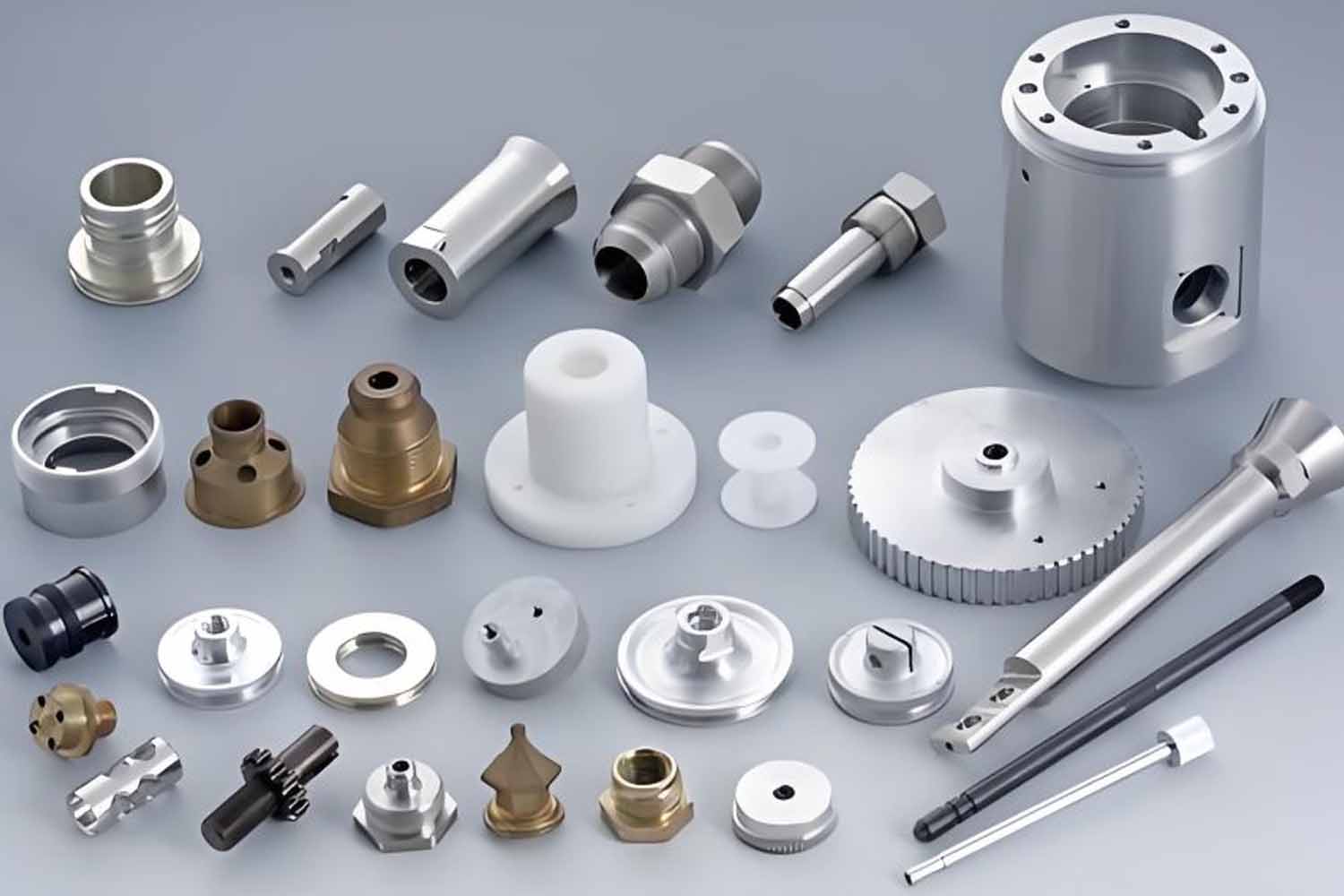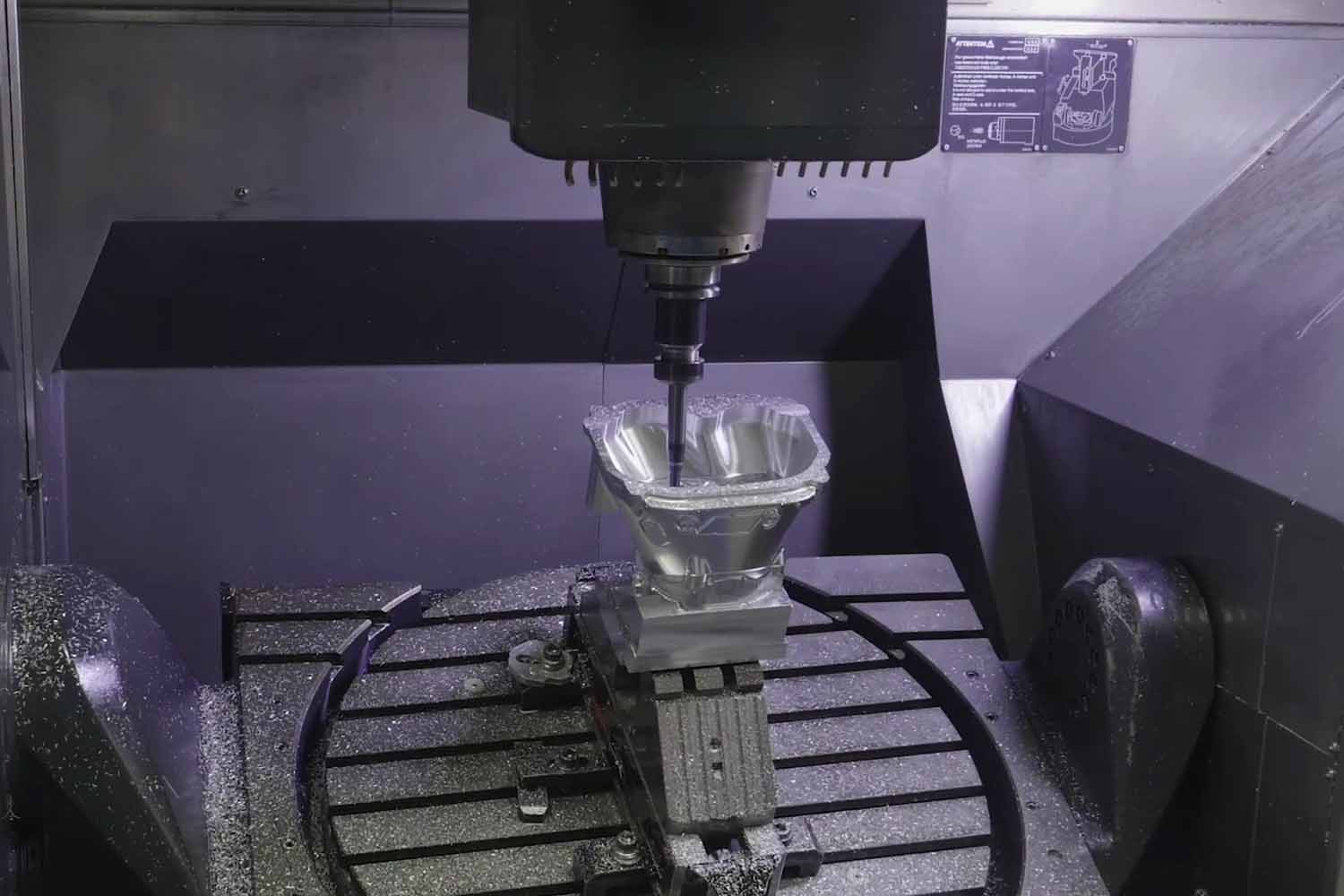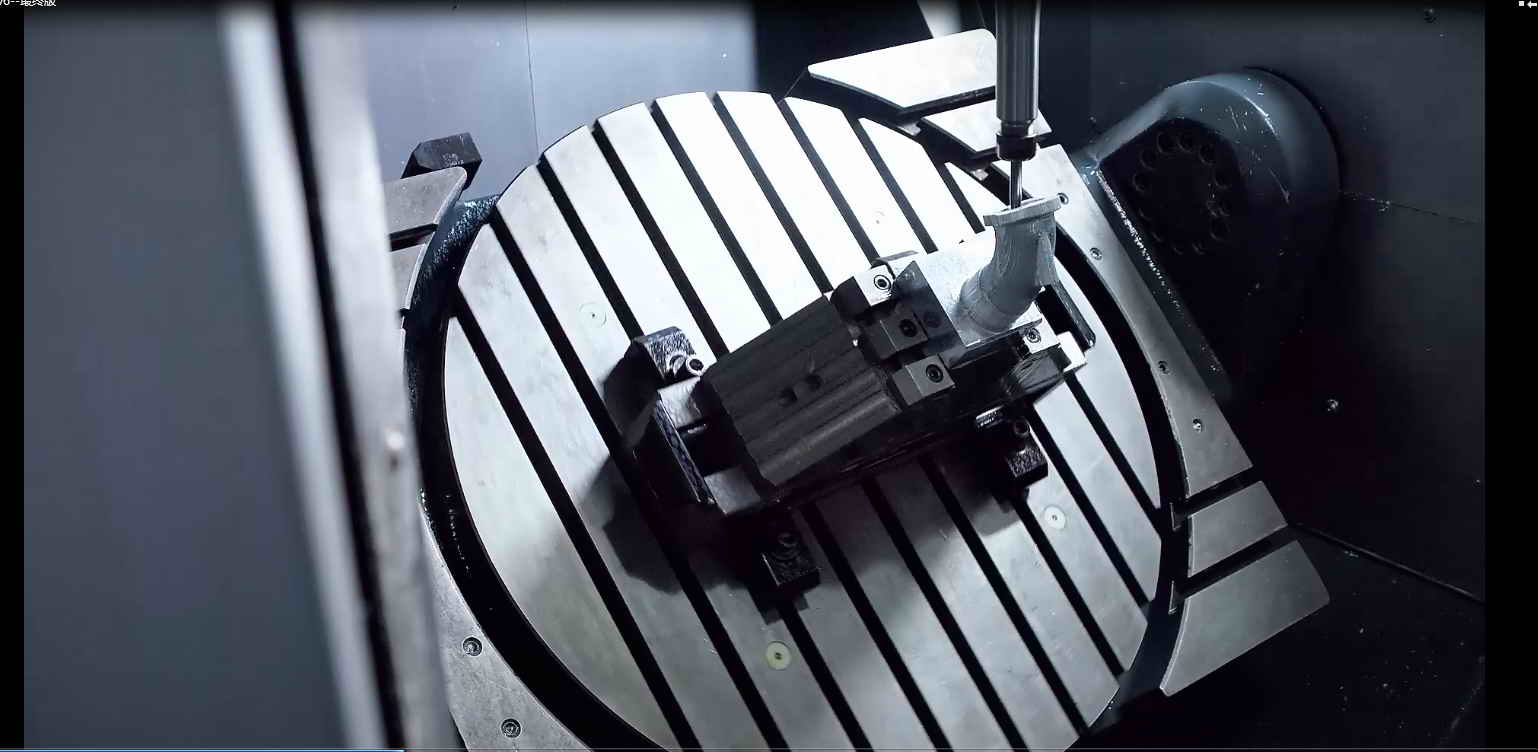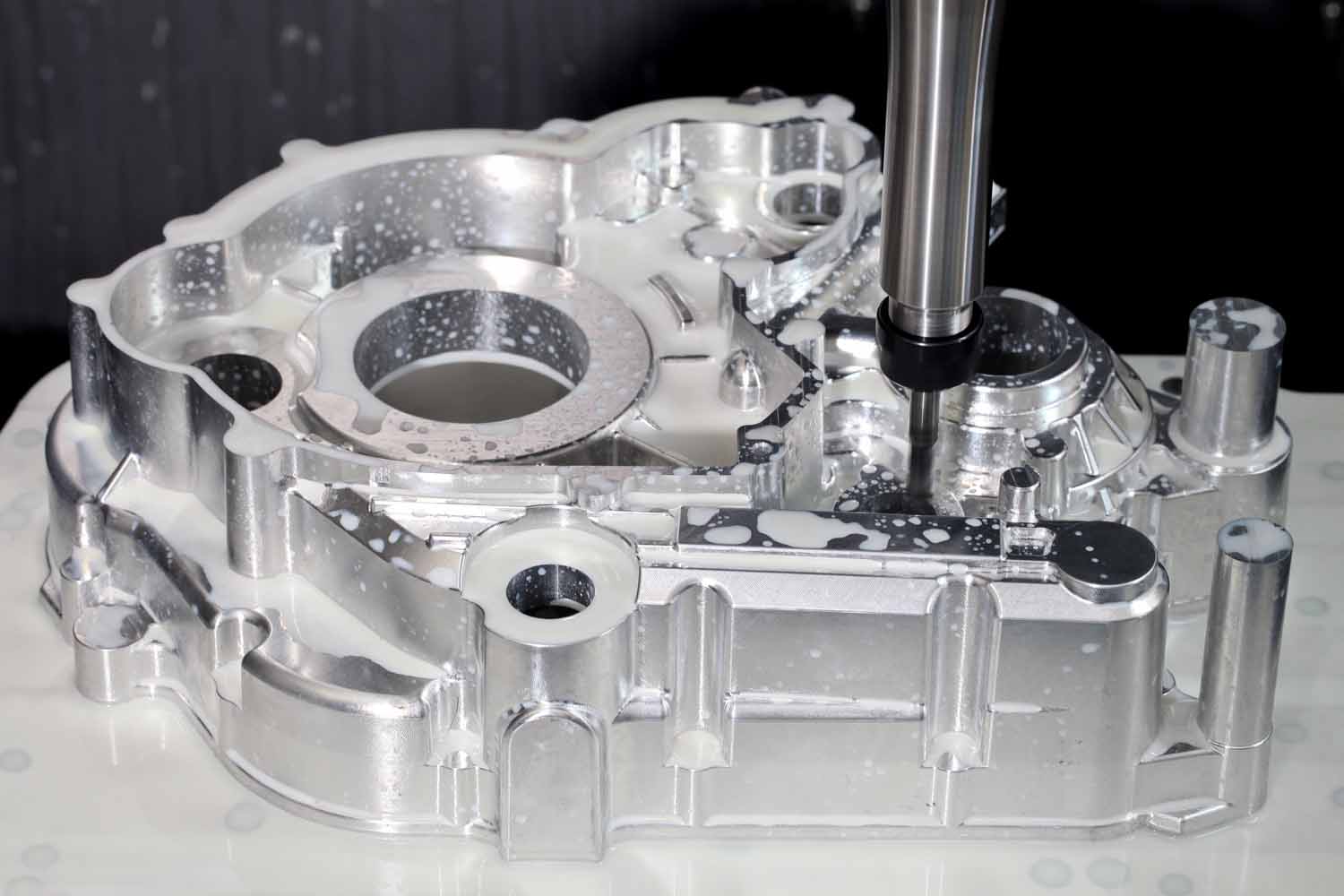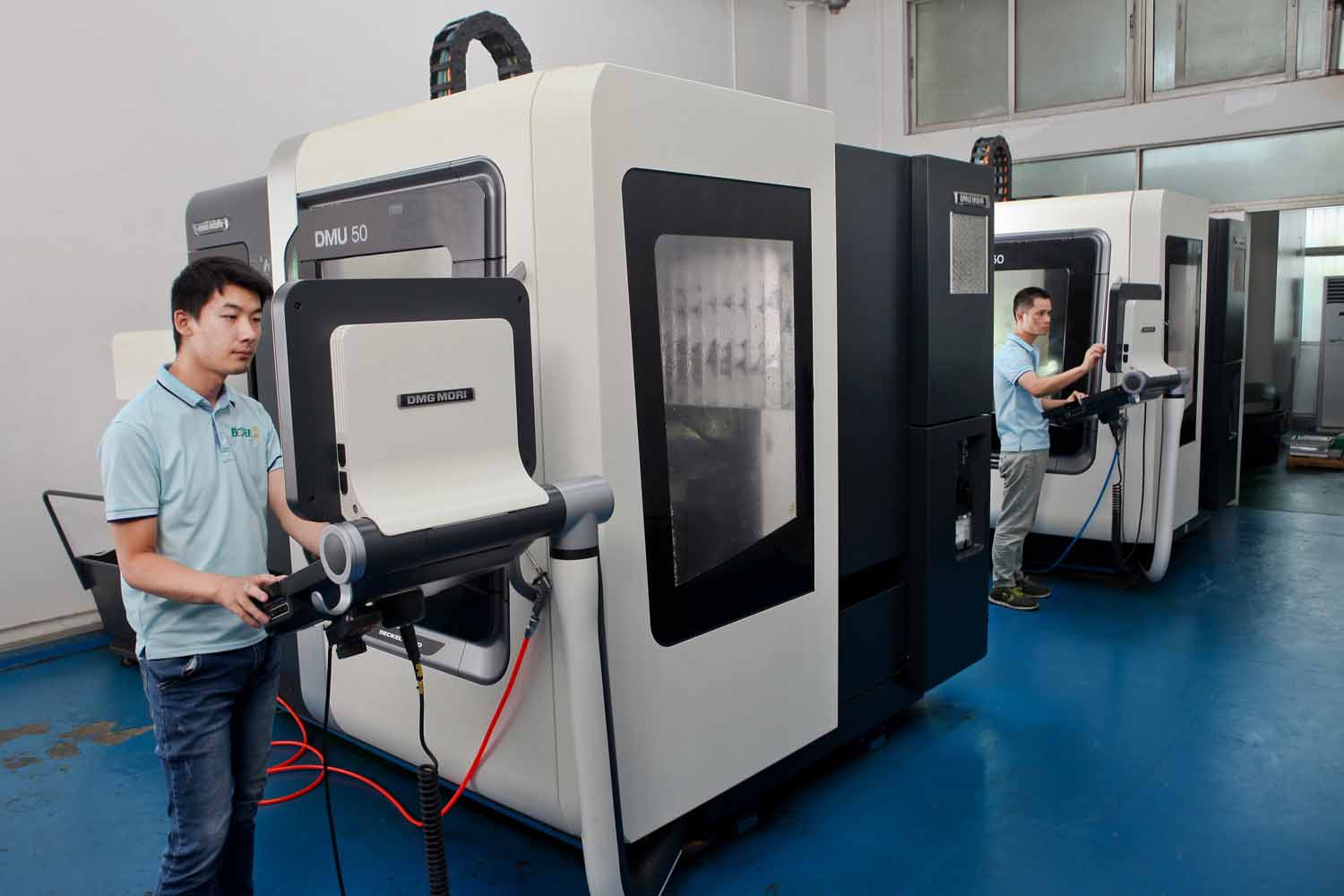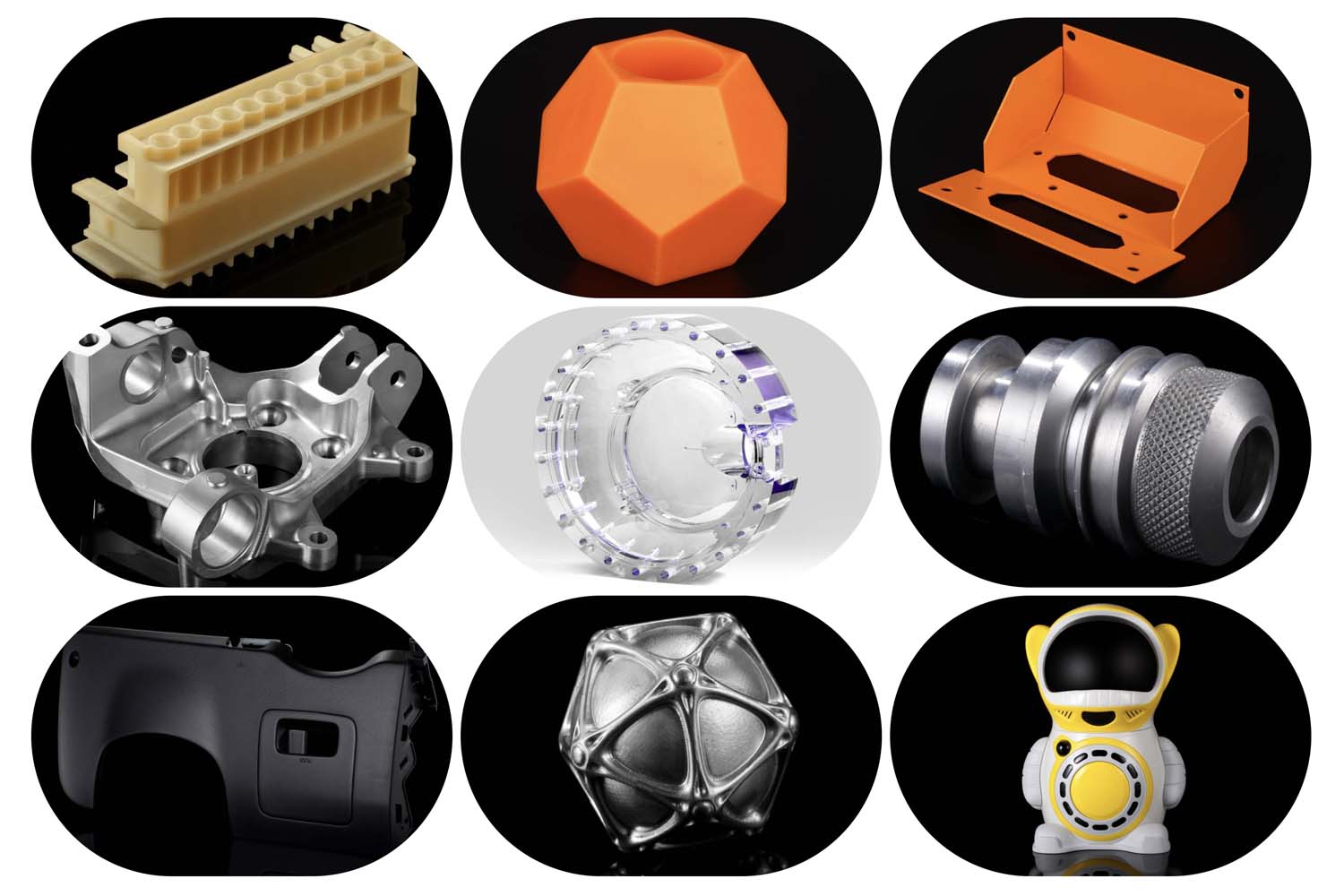In the realm of modern manufacturing, precision, efficiency, and versatility are paramount. One technology that embodies these qualities is 5-axis CNC machining. This advanced form of computer numerical control (CNC) machining allows for the creation of intricate and complex parts with unparalleled accuracy. In this article, we will explore the diverse applications of 5-axis CNC machining, emphasizing its transformative impact across various industries. By understanding these applications, we can appreciate why 5-axis CNC machining has become a cornerstone in contemporary manufacturing.
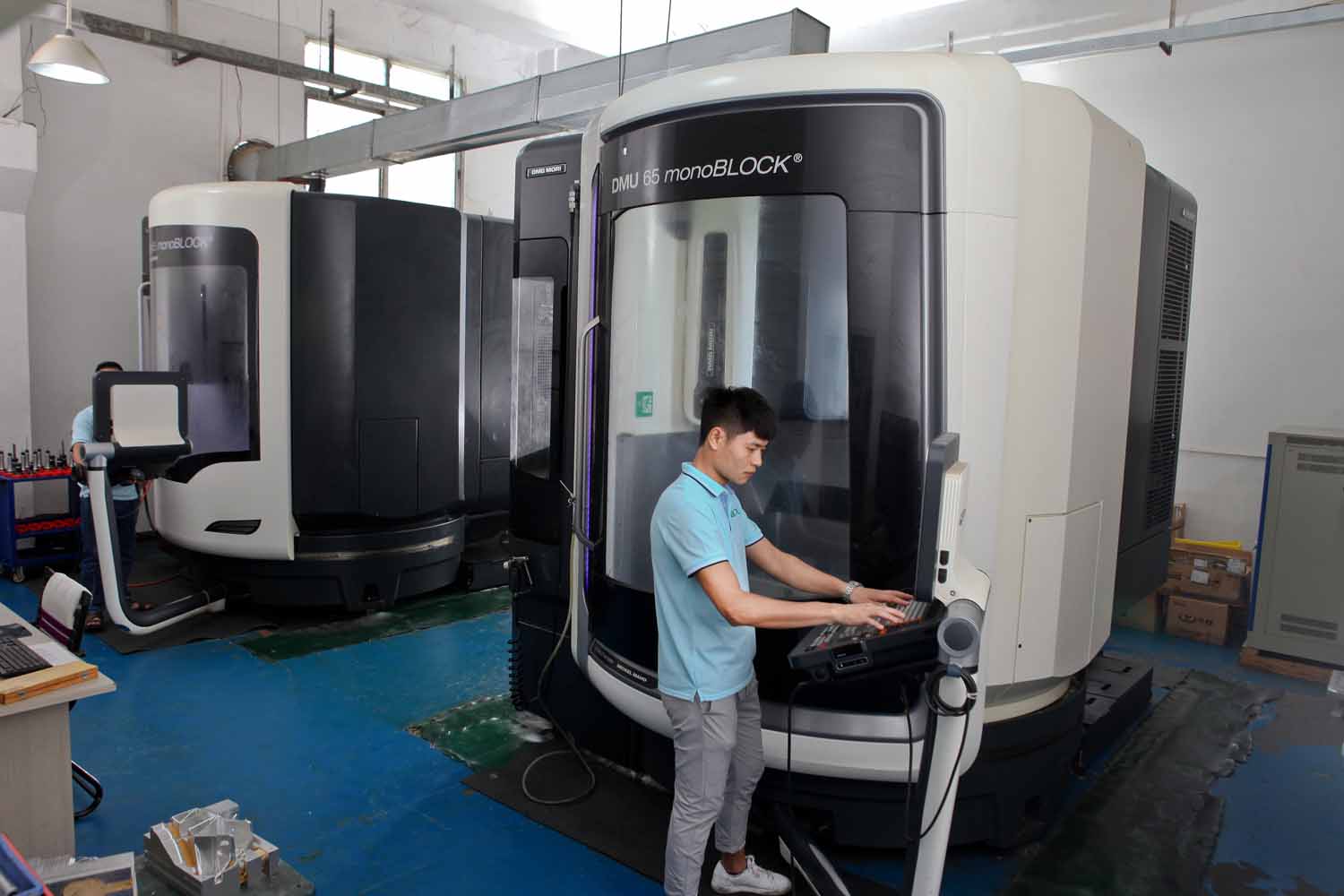
What is 5-Axis CNC Machining?
Before delving into the applications of 5-axis CNC machining, it’s essential to understand what this technology entails. Unlike traditional 3-axis CNC machines, which operate along the X, Y, and Z axes, 5-axis CNC machines add two additional rotational axes. These extra axes allow the cutting tool to approach the workpiece from virtually any direction, enabling the creation of complex geometries and intricate details that would be impossible with 3-axis machines.
Key Applications of 5-Axis CNC Machining
1. Aerospace Industry
The aerospace industry is one of the primary beneficiaries of 5-axis CNC machining. The production of aircraft components demands extreme precision and adherence to stringent safety standards. 5-axis CNC machining excels in this regard, enabling the creation of complex parts such as turbine blades, engine components, and structural elements.
- Turbine Blades: The intricate shapes and tight tolerances required for turbine blades are achieved effortlessly with 5-axis CNC machining. This ensures optimal aerodynamic performance and fuel efficiency.
- Engine Components: From combustion chambers to exhaust systems, 5-axis CNC machining produces engine components that can withstand high temperatures and stresses.
- Structural Elements: Lightweight yet strong structural elements are critical in aerospace applications. 5-axis CNC machining allows for the fabrication of these parts with minimal material waste.
2. Automotive Industry
In the automotive sector, 5-axis CNC machining plays a pivotal role in the design and production of high-performance vehicles. The ability to create complex geometries and intricate details enhances both the functionality and aesthetics of automotive components.
- Engine Parts: Precision-engineered engine parts, such as cylinder heads and camshafts, benefit from the accuracy and efficiency of 5-axis CNC machining.
- Prototyping: Rapid prototyping with 5-axis CNC machining accelerates the development of new vehicle models and components, reducing time-to-market.
- Custom Components: Customization is a growing trend in the automotive industry. 5-axis CNC machining enables the creation of bespoke parts tailored to specific customer requirements.
3. Medical Industry
The medical field demands precision and reliability, making 5-axis CNC machining an invaluable asset. This technology is instrumental in the production of medical devices, implants, and surgical instruments.
- Orthopedic Implants: Custom orthopedic implants, such as hip and knee replacements, are manufactured with high precision to ensure a perfect fit and long-term functionality.
- Surgical Instruments: The intricate designs of surgical instruments, including forceps and scalpels, are achieved with the precision of 5-axis CNC machining.
- Dental Applications: Dental implants and prosthetics require meticulous craftsmanship. 5-axis CNC machining ensures the highest level of accuracy and biocompatibility.
4. Defense Industry
The defense industry relies on advanced manufacturing technologies to produce high-performance components for military applications. 5-axis CNC machining meets the rigorous demands of this sector.
- Weapon Systems: Complex weapon system components, such as missile guidance systems and firearm parts, benefit from the precision and durability provided by 5-axis CNC machining.
- Vehicle Armor: The production of lightweight yet robust armor for military vehicles is made possible through the capabilities of 5-axis CNC machining.
- Aerospace Defense: Components for defense aircraft, including drones and fighter jets, are manufactured with the precision and reliability required for mission-critical applications.
5. Energy Sector
The energy sector encompasses a wide range of applications, from oil and gas exploration to renewable energy technologies. 5-axis CNC machining plays a crucial role in producing components that drive these industries forward.
- Turbine Components: Wind and hydroelectric turbines require precisely engineered components to maximize efficiency and performance. 5-axis CNC machining delivers the required precision.
- Oil and Gas Equipment: The harsh environments of oil and gas exploration demand robust and reliable equipment. 5-axis CNC machining produces components that can withstand extreme conditions.
- Nuclear Energy: The production of nuclear energy components, such as reactor parts and fuel assemblies, benefits from the accuracy and quality control offered by 5-axis CNC machining.
6. Tool and Die Making
Tool and die making is a critical aspect of manufacturing, enabling the mass production of parts through stamping, molding, and forging processes. 5-axis CNC machining revolutionizes this field by creating highly precise and durable tools and dies.
- Injection Molds: Complex injection molds for plastic components are produced with exceptional accuracy, ensuring consistent quality in mass production.
- Stamping Dies: The creation of intricate stamping dies for sheet metal forming is streamlined with 5-axis CNC machining, reducing lead times and costs.
- Forging Dies: High-strength forging dies required for metalworking applications are manufactured with the precision and durability provided by 5-axis CNC machining.
7. Artistic and Sculptural Applications
Beyond industrial applications, 5-axis CNC machining has found a place in the world of art and sculpture. Artists and designers leverage this technology to bring their creative visions to life.
- Sculptures: Complex and intricate sculptures are crafted with the precision and detail achievable through 5-axis CNC machining.
- Architectural Models: Architectural models and prototypes benefit from the ability to create intricate details and complex geometries.
- Custom Art Pieces: Custom art pieces and installations are produced with the accuracy and versatility of 5-axis CNC machining, allowing for unique and innovative designs.
Advantages of 5-Axis CNC Machining
The applications of 5-axis CNC machining are vast and varied, but what makes this technology so indispensable? Here are some key advantages:
1. Enhanced Precision and Accuracy
The additional axes in 5-axis CNC machining enable the creation of complex geometries with unmatched precision. This level of accuracy is essential in industries where tight tolerances are critical.
2. Increased Efficiency
5-axis CNC machining reduces the need for multiple setups and manual repositioning of the workpiece. This leads to shorter production times and increased efficiency, resulting in cost savings.
3. Versatility
The ability to approach the workpiece from multiple angles allows for the creation of intricate and complex parts that would be impossible with traditional machining methods.
4. Improved Surface Finish
With 5-axis CNC machining, the cutting tool can maintain a constant angle relative to the workpiece, resulting in a superior surface finish and reduced need for secondary finishing operations.
5. Reduced Material Waste
The precision of 5-axis CNC machining minimizes material waste, making it an environmentally friendly and cost-effective manufacturing solution.
Conclusion
The applications of 5-axis CNC machining span a wide range of industries, from aerospace and automotive to medical and defense. This advanced technology enables the creation of complex and intricate parts with unparalleled precision and efficiency. As manufacturing continues to evolve, 5-axis CNC machining will play an increasingly vital role in producing high-quality components that meet the demands of modern industry. By harnessing the power of 5-axis CNC machining, manufacturers can achieve new levels of innovation, quality, and productivity.



